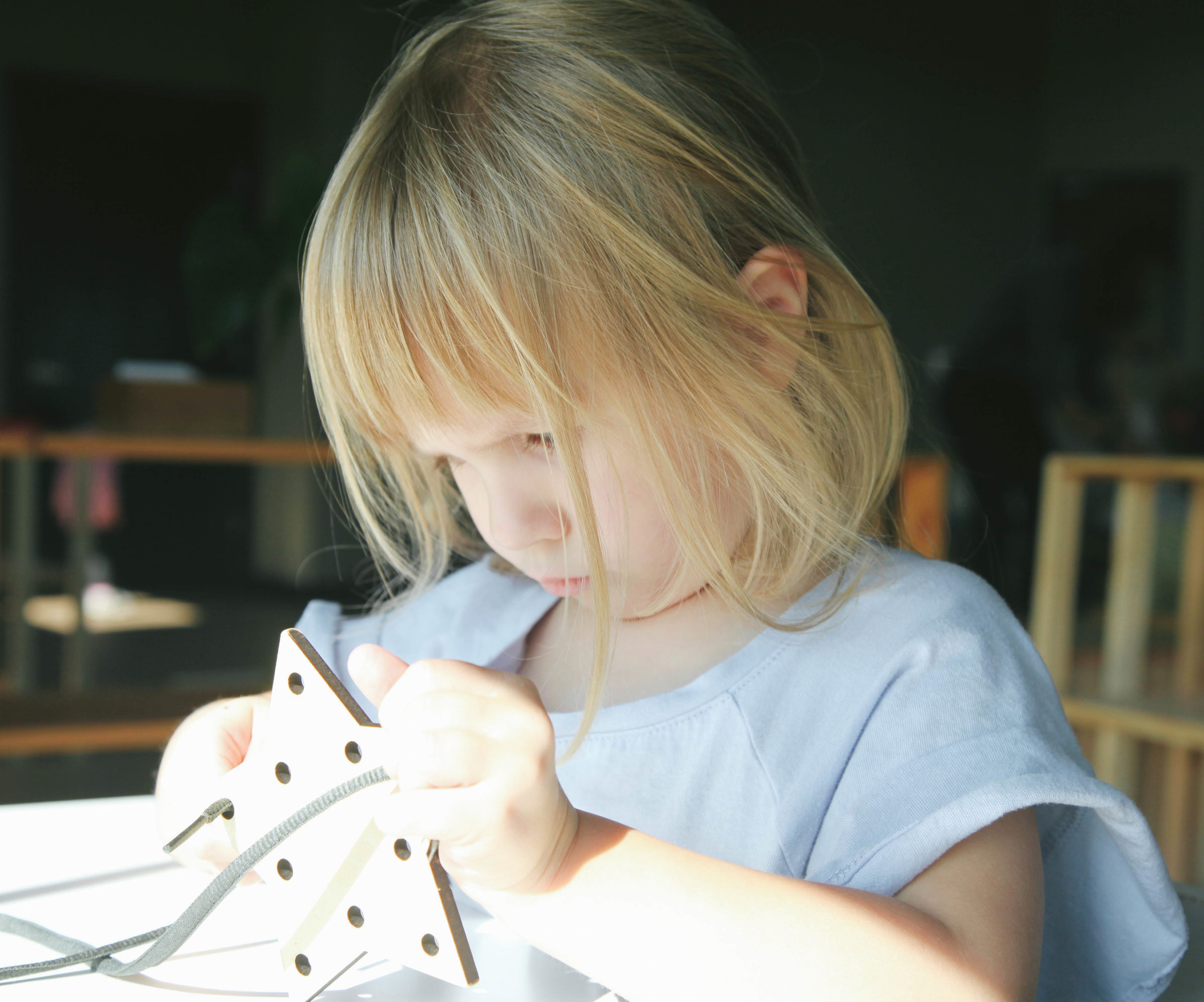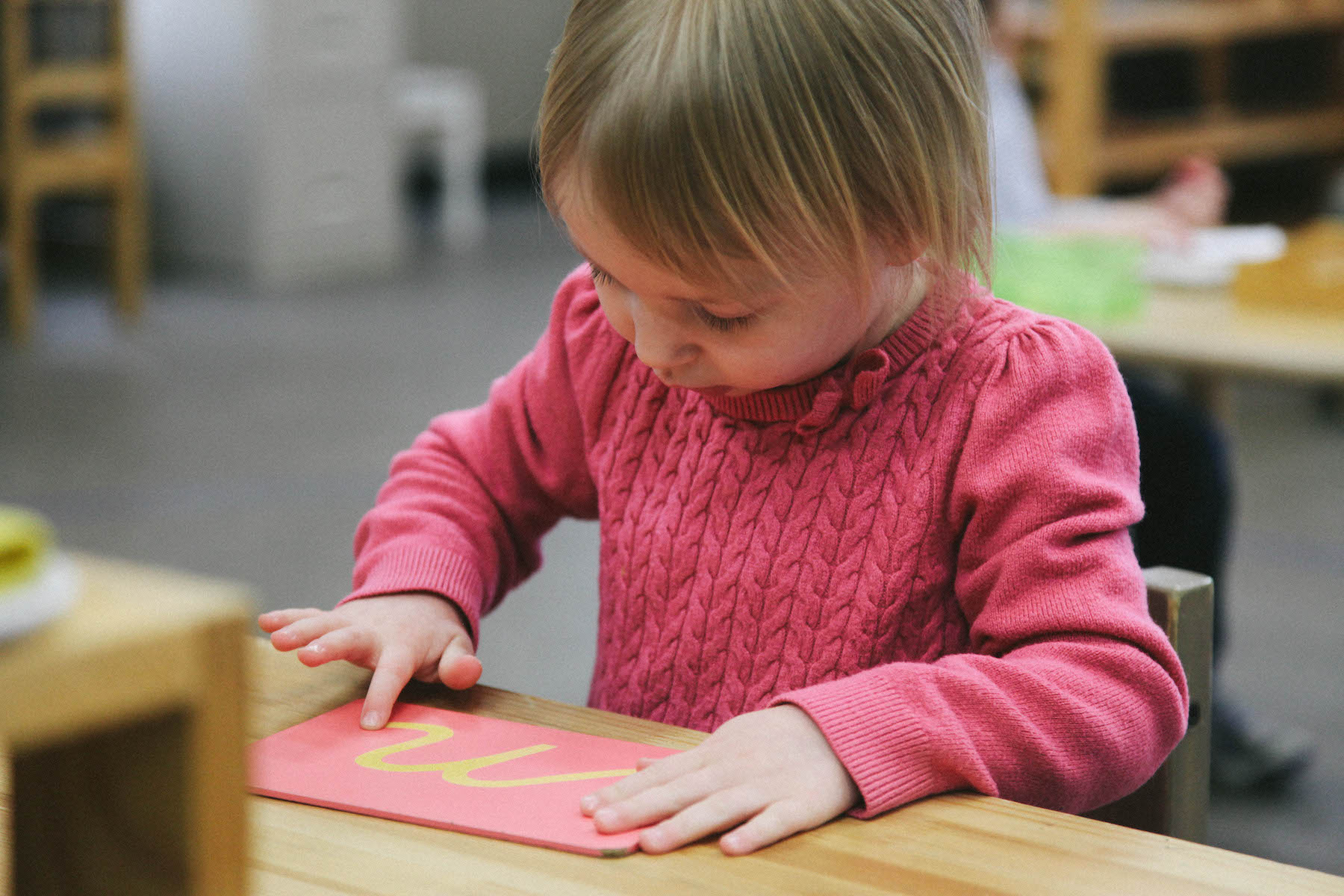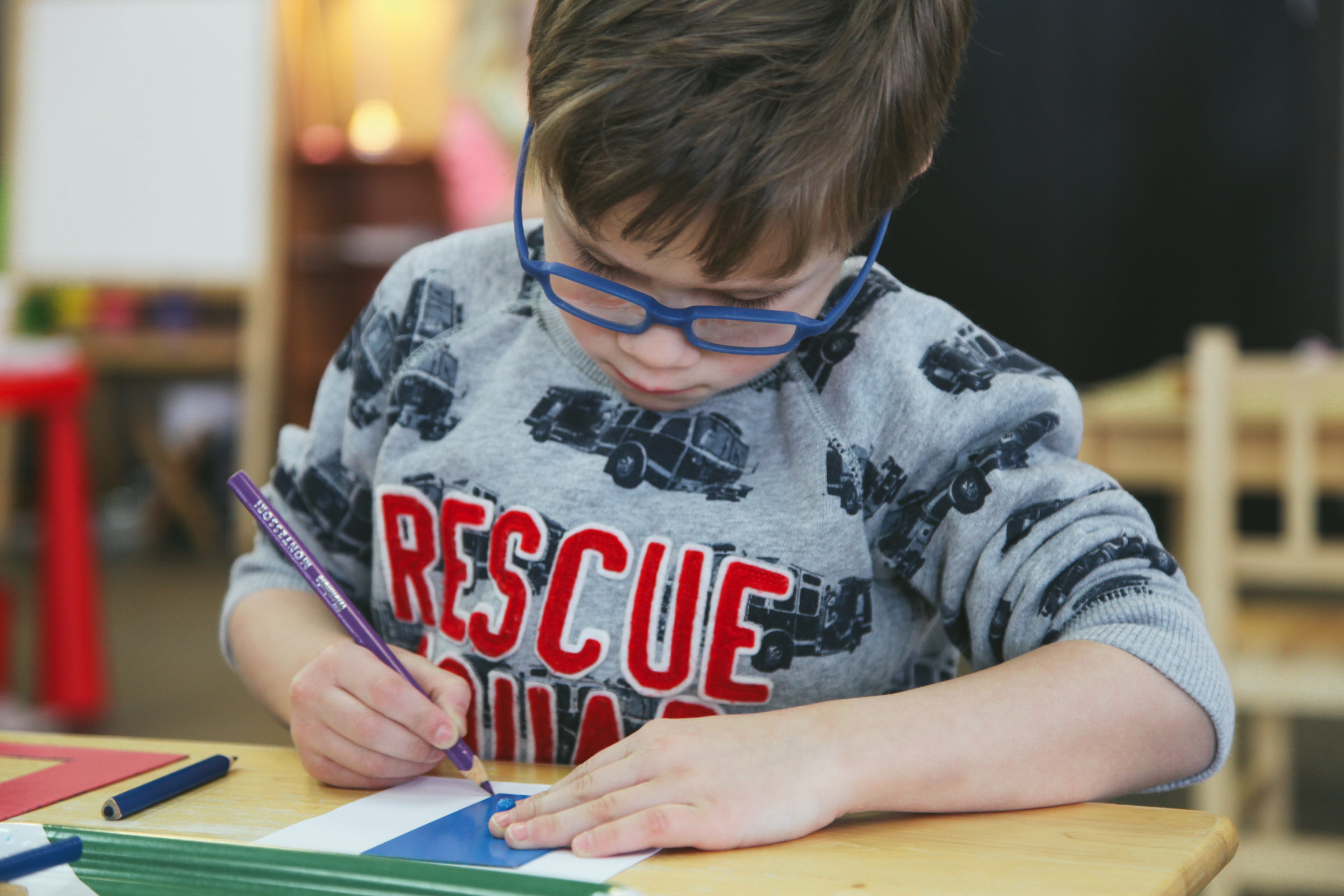Our Expectations of Childhood
Thoughts & Reflections

We’ve been puzzling over a little bit of a paradox, one in which we occasionally find ourselves entangled. It goes something like this: As adults, why are we so surprised when a child accomplishes a task we didn’t think they could accomplish? Or, conversely, why are we so unsurprised when they fail at that exact same task? This simple observation led us to another series of questions, which we hope to address here. Namely, what are our expectations of childhood? And, more precisely, what’s at play when we make such assumptions?
Clearly, having lived through childhood, which says something in itself, we often reflect upon our own upbringing, trying to remember both our successes and failures. We attempt to measure their importance, especially in terms of inheritance, considering what we think is important to pass along. We want to optimize the journey for our children, while, at the same time, limiting their exposure to those painful lessons that we learned — the hard way. It’s a tricky path to orchestrate, let alone navigate.
“ Sometimes we find ourselves narrowing the path, before they start out. ”
Protecting our children from making the same mistakes that we made somehow provides us, as adults, with a sense of encouragement and comfort. We’re relieved when our child doesn’t crash their bike into the back of a parked car the way we did, or stick their impatient fingers into the oven to test if the apple pie is done. In a certain sense, when they avoid these seemingly unnecessary encounters, we perceive this as an accomplishment. We chalk it up to us helping them. After all, we know best, because we’ve lived through it. We’ve experienced these things, and we don’t need our children to experience them too. Yet, it’s not always about us. Which is to say, we truly don’t know what value our children will find in their mistakes, or in their discoveries. Surely, these types of lessons, and the heart of their takeaways, are different for everyone. They were different for us, despite the best efforts of our parents. And, who are we to judge?
As with so many things, Maria Montessori offers insight. In the closing remarks to her 1913 Rome Lectures, she writes, “Surely we cannot claim that people can learn to be active when we accustom them to inactivity, that they can be prompt in their choice when we hinder them from choosing because we wish to choose ourselves.”
While her examples directly reference the constraints of a desk at the turn of the twentieth century, and a classroom full of equal-aged children, working on the exact same task at the exact same time, they also apply to the cultural, historical, parental and societal expectations that we have of children. What are our expectations of childhood?
Expectations can be easily administered, or they can be extremely difficult to apply. It’s the balance that’s the most difficult: knowing when to take off the training wheels, and when to allow your child the courage to ride without the knowledge of your hand at their back. Prescriptive measures can be half-measures, unless they’re fully endorsed by the person trying to utilize them.
What’s most apparent from Montessori’s comment is the tendency, as adults, to offer a topdown approach to the world. Not only through education, but also the way we perceive children learning to engage with their own possibilities. We think that we were there before, and we know what limitations should be put into place. Limitations, however, like just about anything, can be overcome.
At this point, we thought it might be helpful if we illustrate the thread with a concrete, visual example. Sometimes, seeing a reference, and putting it into context, can help us better understand the situation, offering us the necessary vocabulary to converse.

You’ll notice a two-year-old student in a toddler environment, completely engrossed in the washing hands activity. Everything is just her size. From the apron to the pitcher, from the table to the cloth, even the small bar of soap is suited to accommodate her stature. She’s intently observing as the soapy film slowly floats to the surface, almost magically leaving her hands as she continues to submerge them in the shallow bowl, the depths of which she views through her fingertips.
Trying to make sense of the science, she’s absorbed in the process, experimenting with different gestures and movements. Increasing, and then decreasing the amount of surface-area-to-volume ratio, she’s experimenting with outcomes. Needless to say, part of this process is figuring out what works and what doesn’t work, and trying to examine the precise reasons why. The limits that are reached are the ones that she discovers herself. She’s setting her own expectations.

As she finishes with the washing hands portion of the activity, having exhausted her attention and interest for the moment, she decides to wrap up the work by carefully putting it away, making it neat and ready for the next person. As she goes to empty the dirty water in the bucket, the bowl slips out of her slippery hands. Instead of crashing onto the floor, it actually gets stuck on the outer rim of the bucket. The water sways back-and-forth, threatening to overflow the edges. Of course, our natural tendency is to want to jump in and help prevent any accidents. Instead, we observe, watching the process unfold.

Carefully maneuvering herself so as not to spill the water, she manages to wiggle the bowl free without spilling a drop. “Phew”, we think to ourselves. As we intently look on, with a certain level of concern, we watch as she fastens her hands to the side of the bowl. She firmly grasps the lip, positioning herself to effortlessly empty the contents in the bucket below. Without any hesitation, she accomplishes the task. We wipe our brow and exhale a sigh of relief. “She did it,” we think to ourselves. But: Why are we surprised by her success?
Why did we somehow expect that she was going to drop the bowl or spill the water? What is at play in our expectations, not only of the environment but also of the individual? Why do we feel apprehensive as we witness the execution of the activity?
It’s easy to be consumed by the nervous thought of the bowl breaking on the floor, or the thought of the child slipping on a droplet of water. Yet, by wanting to protect her from making mistakes, are we overlooking the power they can usher in? Why can’t we be just as consumed by the thought that she will accomplish the task that she set for herself?
Surely, it’s not just the thought of physical harm that ails us. We’re also worried about her confidence. “We don’t want her to be overwhelmed or unhappy”, we exclaim, in a moment of justification. “If she fails, we don’t want to see her cry.” Of course, we want to support her, and encourage her efforts. What’s the best way to do this…
At the same time, we convince ourselves, we don’t want to interfere with the totality of the process. We know, deep down, that there’s as much to be gained from her failures, as there are from her successes. That’s the way we learned to see the world. Surely, this isn’t just a matter of putting a positive spin on an old idea: making mistakes is important. We like to think it’s something much more. It’s allowing children the opportunity to create their own set of expectations.
Originally published on Medium.
Written by:
Bobby George



